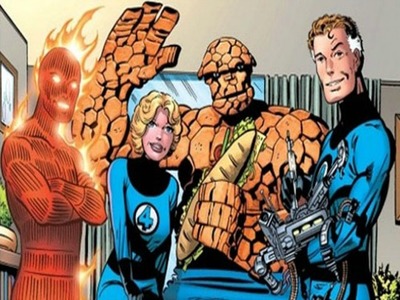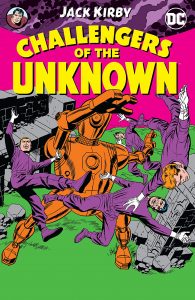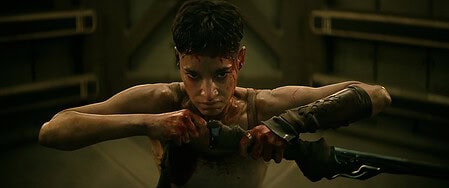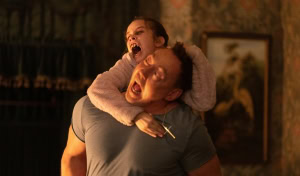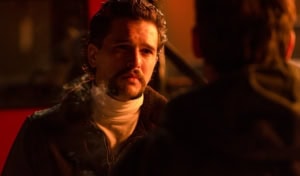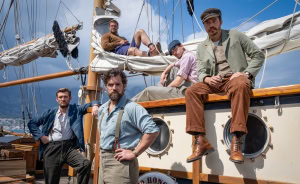With the long awaited return of the Fantastic Four to Marvel’s comic pages this month, it seemed like a good time to revisit the origins of this story that changed the comic landscape. It was in 1961, Stan Lee and Jack Kirby met to discuss a new kind of comic for the time. A team of four heroes who had flaws and personality conflicts, and all the things that “heroes” were not supposed to have. But before you have a team, you need an origin. 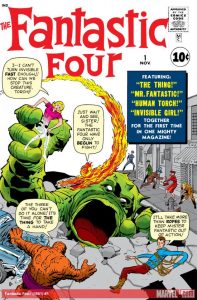 The origin story that Stan and Jack created revealed the story of four friends, four adventurers—Professor Reed Richards, Sue Storm, her younger brother Johnny Storm, and test pilot Ben Grimm. Agreeing to assist in an experiment, they were launched into space. During the journey, they underwent incredible transformations when their craft was bombarded by cosmic rays. During that time, radiation and “cosmic rays” were the readily accepted source for super power creation. Returning hastily to Earth, the four discovered they had new abilities: Richards could stretch, much in the manner of the classic super hero Plastic Man. This afforded the scientist a physical power in contrast to his normal, calm intellectual exterior. He called himself Mr. Fantastic, (as immodest as that may have sounded) although, in keeping with a growing trend that emphasizes the character over their powers, he would generally be called by his real name. Likewise, his fiancée Sue Storm, who gained the power to disappear, would be addressed as Sue rather than as the Invisible Girl. Her brother, Johnny Storm, could burst into flame, fly, and hurl fireballs. He was the Human Torch.This was a repurposing of the Carl Burgos “Human Torch” character who was an Android. In their new version, he was a young man whose personality was “hot-headed,” which directly reflected his newfound powers. The fourth member of the group was the most popular of them all. Ben Grimm was cursed by the radiation to become a misshapen being with a orange rock like exterior and awesome strength—he WAS the Thing. The character was based in no small parts to the monster titles that Kirby was still drawing at the time, but Jack Kirby saw another point of origin: “himself.”
The origin story that Stan and Jack created revealed the story of four friends, four adventurers—Professor Reed Richards, Sue Storm, her younger brother Johnny Storm, and test pilot Ben Grimm. Agreeing to assist in an experiment, they were launched into space. During the journey, they underwent incredible transformations when their craft was bombarded by cosmic rays. During that time, radiation and “cosmic rays” were the readily accepted source for super power creation. Returning hastily to Earth, the four discovered they had new abilities: Richards could stretch, much in the manner of the classic super hero Plastic Man. This afforded the scientist a physical power in contrast to his normal, calm intellectual exterior. He called himself Mr. Fantastic, (as immodest as that may have sounded) although, in keeping with a growing trend that emphasizes the character over their powers, he would generally be called by his real name. Likewise, his fiancée Sue Storm, who gained the power to disappear, would be addressed as Sue rather than as the Invisible Girl. Her brother, Johnny Storm, could burst into flame, fly, and hurl fireballs. He was the Human Torch.This was a repurposing of the Carl Burgos “Human Torch” character who was an Android. In their new version, he was a young man whose personality was “hot-headed,” which directly reflected his newfound powers. The fourth member of the group was the most popular of them all. Ben Grimm was cursed by the radiation to become a misshapen being with a orange rock like exterior and awesome strength—he WAS the Thing. The character was based in no small parts to the monster titles that Kirby was still drawing at the time, but Jack Kirby saw another point of origin: “himself.”
“If you’ll notice the way the Thing talks and acts, you’ll find that the Thing is really Jack Kirby,” Jack once explained. “He has my manners, he has my manner of speech, and he thinks the way I do. He’s excitable, and you’ll find that he’s very, very active among people, and he can muscle his way through a crowd. I find I’m that sort of person.”
The creation of the Fantastic Four would be a matter of contention between Kirby and Lee, as would be the case for many of their collaborations. They had a hard time coming to a consensus on who’s idea it was. Lee would say he wrote the story and characters, typed up a plot outline (which still exists), selected Jack to draw it, and then handed him the basics of the first issue. Kirby, on the other hand, would say that wasn’t how they ever worked (even on short, unimportant romance stories). He described the process as there would be a plot conference, and then he’d be sent off to pencil pages as he saw fit, with or without a typed plot. It was his contention that he came up with the characters and even point to their similarity to a previous creation, “Challengers of the Unknown” which also included four explorers, although they were all male.
“None of this mattered when the first issue reached newsstands on August 8, 1961. Creatively, it triggered a revolution in comic book storytelling, particularly in the areas of heroic fantasy. Financially, it began the ascent of Marvel—as the company would come to be known—from a tiny publisher to a massive, multimedia corporation and industry leader. More so than any release since Action Comics no. 1, Fantastic Four no. 1 changed the rules of the game.”
The Fantastic Four went for 645 issues, and finally came to an end in 2015. Now, 57 years later from their creation, the Fantastic Four returns to entertain a new audience and to the delight of followers from the past. None of that could have happened without the work of Lee and Kirby or Kirby and Lee, no matter who came up with the idea, it became: The Fantastic Four.
On a sidenote, this article is based in no small part on excerpts from the book: Kirby: King of Comics by 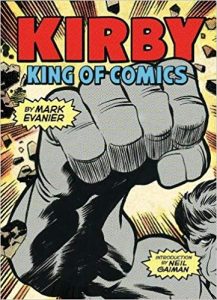 Mark Evanier and Neil Gaiman. This book is a treasure trove of information for those who are fans of the great Jack “King” Kirby. He tells about many of the characters he either created or had a hand in creating including Captain America with his partner at that time Joe Simon, his work with Stan Lee including the aforementioned Fantastic Four, The Incredible Hulk, The Might Thor, and so many others. There is an incredible amount of his artwork included so new and old fans alike can see the brilliance that was Jack Kirby. In fact, the visual presentation of Thor Ragnorak was based primarily on the art of Kirby. I highly recommend it for fans of Kirby or fans of comics in general. Kirby: King of Comics can be found where all books are sold.
Mark Evanier and Neil Gaiman. This book is a treasure trove of information for those who are fans of the great Jack “King” Kirby. He tells about many of the characters he either created or had a hand in creating including Captain America with his partner at that time Joe Simon, his work with Stan Lee including the aforementioned Fantastic Four, The Incredible Hulk, The Might Thor, and so many others. There is an incredible amount of his artwork included so new and old fans alike can see the brilliance that was Jack Kirby. In fact, the visual presentation of Thor Ragnorak was based primarily on the art of Kirby. I highly recommend it for fans of Kirby or fans of comics in general. Kirby: King of Comics can be found where all books are sold.
Is the return of the Fantastic Four something you have been waiting for are you concerned that they may change things to the point you no longer recognize the beloved team. Comic fans, we await your judgement here at GVNation.
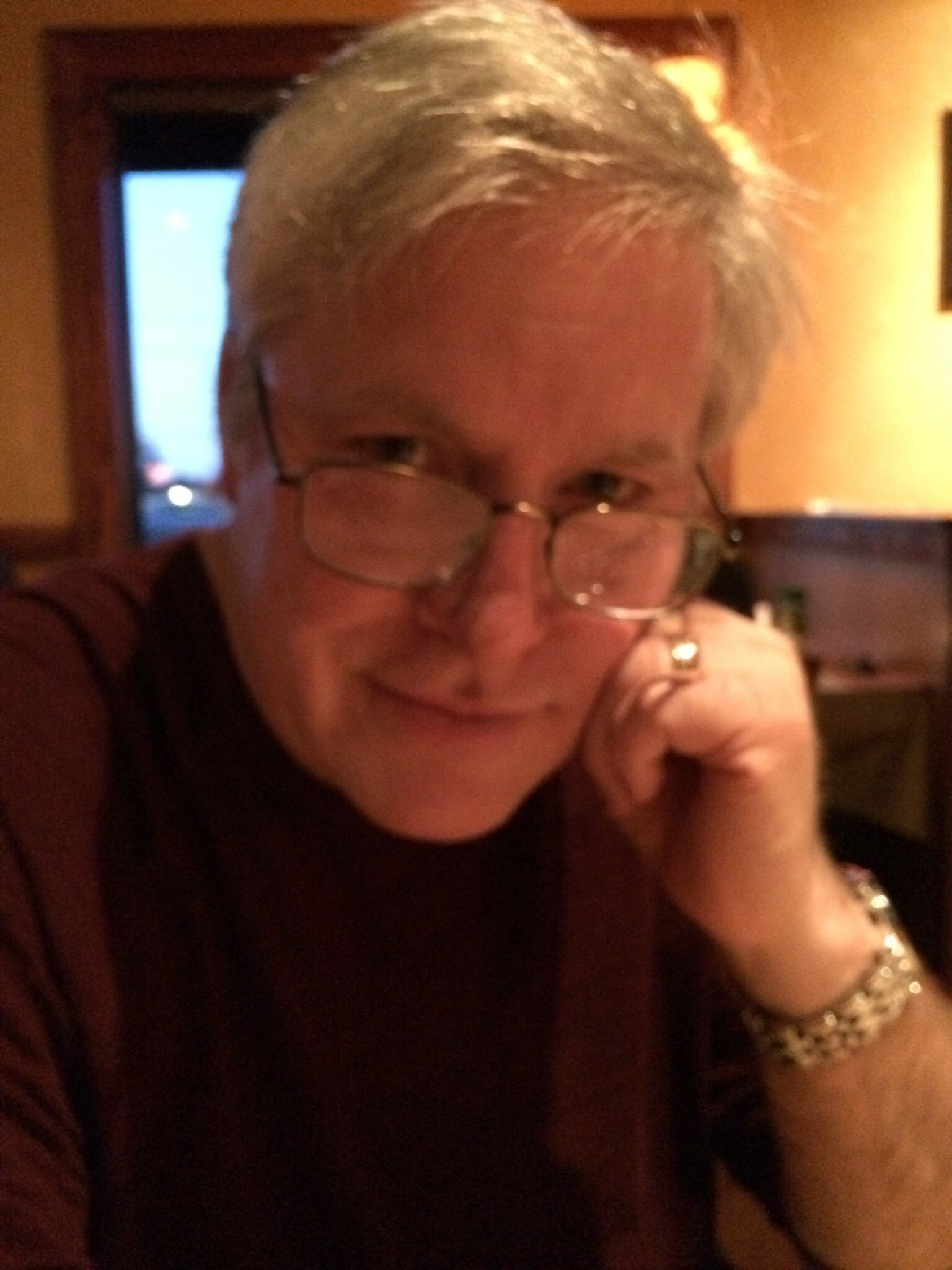
Senior Writer at GeekVibesNation – I am a 50 something child of the 70’s who admits to being a Star Trek/Star Wars/Comic Book junkie who once dove head first over a cliff (Ok, it was a small hill) to try to rescue his Fantastic Four comic from a watery grave. I am married to a lovely woman who is as crazy as I am and the proud parent of a 18 year old boy with autism. My wife and son are my real heroes.


